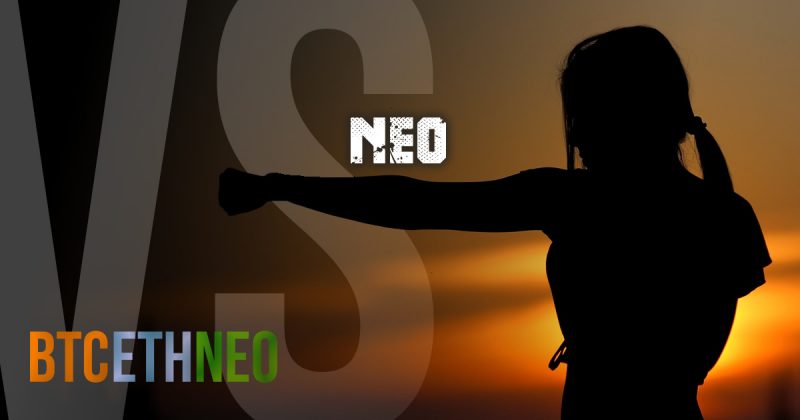NEO: The Dark Horse

Share this article
NEO, like Ethereum, is a complex ecosystem and is far more flexible than Bitcoin. While Ethereum and NEO share some similarities, such as the ability to execute smart contracts and unique programming languages, NEO is aiming to create what it refers to as a complete “Smart Economy”.
Ethereum is attempting to develop an ecosystem that fosters entrepreneurship, facilitates the creation of distributed apps, and promotes innovation. In addition to delivering these benefits, NEO incorporates digital identity creation and the ability to digitize assets.
The digital identity verification features delivered by NEO make it a direct competitor to Ethereum, and place it in a strong position to dominate the playing field in 2018. Regulatory bodies around the world are now scrambling to keep up with the rapidly-shifting blockchain economy, and are placing a significant amount of pressure on blockchain platforms to remain compliant.
NEO is working hard to create a blockchain solution that delivers an agreed upon international standard of digital identity, which is extremely important for regulatory compliance. In order for institutional organizations and large industry players to invest in blockchain technology, they require regulatory compliance.
The NEO blockchain makes it possible to create verifiable digitized assets that can be traded and circulated by both individuals and businesses represented by regulatory-compliant, internationally accepted digital identity information standards
The founders of NEO, Da HongFei and Erik Zhang, have established a platform called Onchain that integrates NEO into a business-focused system called DNA. This platform is currently working toward integration with Chinese businesses and government— if successful, this integration could lead NEO to dominate the significant Eastern blockchain ecosystem.
A major advantage NEO holds over both Bitcoin and Ethereum is the method it uses to gain consensus— or the method through which network participants agree upon the state of the distributed ledger. Both ETH and BTC use “Proof of Work” as a consensus method, which is exceptionally power-hungry and is a major contributor to the scalability problem.
NEO, however, uses a consensus method called “Delegated Byzantine Fault Tolerance”, or dBFT, which is a relatively complex democratic method of network maintenance that offers a distinct advantage— extremely high transaction speeds. NEO’s current theoretical maximum transaction per second speed is a massive 10,000 tps, but in practicality maintains roughly 1,000 tps— a number that leaves Bitcoin and Ethereum choking on dust.
By competing directly with Ethereum as a distributed app platform, the success of NEO will be determined by the Dapps that are built upon it. Red Pulse is one of NEO’s most interesting applications, and intends to incentivise research into Chinese markets with eponymous Red Pulse Tokens. The project has captured the attention of financial institutions such as Goldman Sachs, Credit Suisse, and Bank of America Merrill Lynch, all of whom are already using the platform.
While NEO may be seen as the antithesis of the libertarian concept of a truly anonymous decentralized crypto currency, it represents blockchain technology employed in a transparent and verifiable manner— which appeals to regulatory bodies that are wary of decentralization, such as the Chinese government.
If NEO is successful in its efforts to integrate with and conforms to Chinese regulatory compliance requirements then it’s likely that the ICO ecosystem will shift from the ERC20 standard to NEO’s ICO platform, as the Chinese government is currently cracking down heavily on initial coin offerings.
Should NEO become China’s de facto blockchain of choice, NEO could be 2018’s ascendant crypto. And that could mean a race for second place between Bitcoin and Ethereum.
Share this article


